Best Companies to Work for in Fort Worth
Brands That Help People
Build Better Lives
At Qualbe, we apply our broad marketing, sales and technology
experience to build online brands that truly help people.
Our Team
Our Core Values are the foundation of the company. They are the blueprints we use to build a team that works hard, treats people with respect, and has fun in the process.
Brands That Help People
Build Better Lives
At Qualbe, we apply our broad marketing, sales and technology
experience to build online brands that truly help people.
Our Team
Our Core Values are the foundation of the company. They are the blueprints we use to build a team that works hard, treats people with respect, and has fun in the process.
Brands That Help People
Build Better Lives
At Qualbe, we apply our broad marketing, sales and technology experience to build online brands that truly help people.
Our Team
Our Core Values are the foundation of the company. They are the blueprints we use to build a team that works hard, treats people with respect, and has fun in the process.
Winner of 22 National & Regional Awards



Winner of 22 National & Regional Awards

